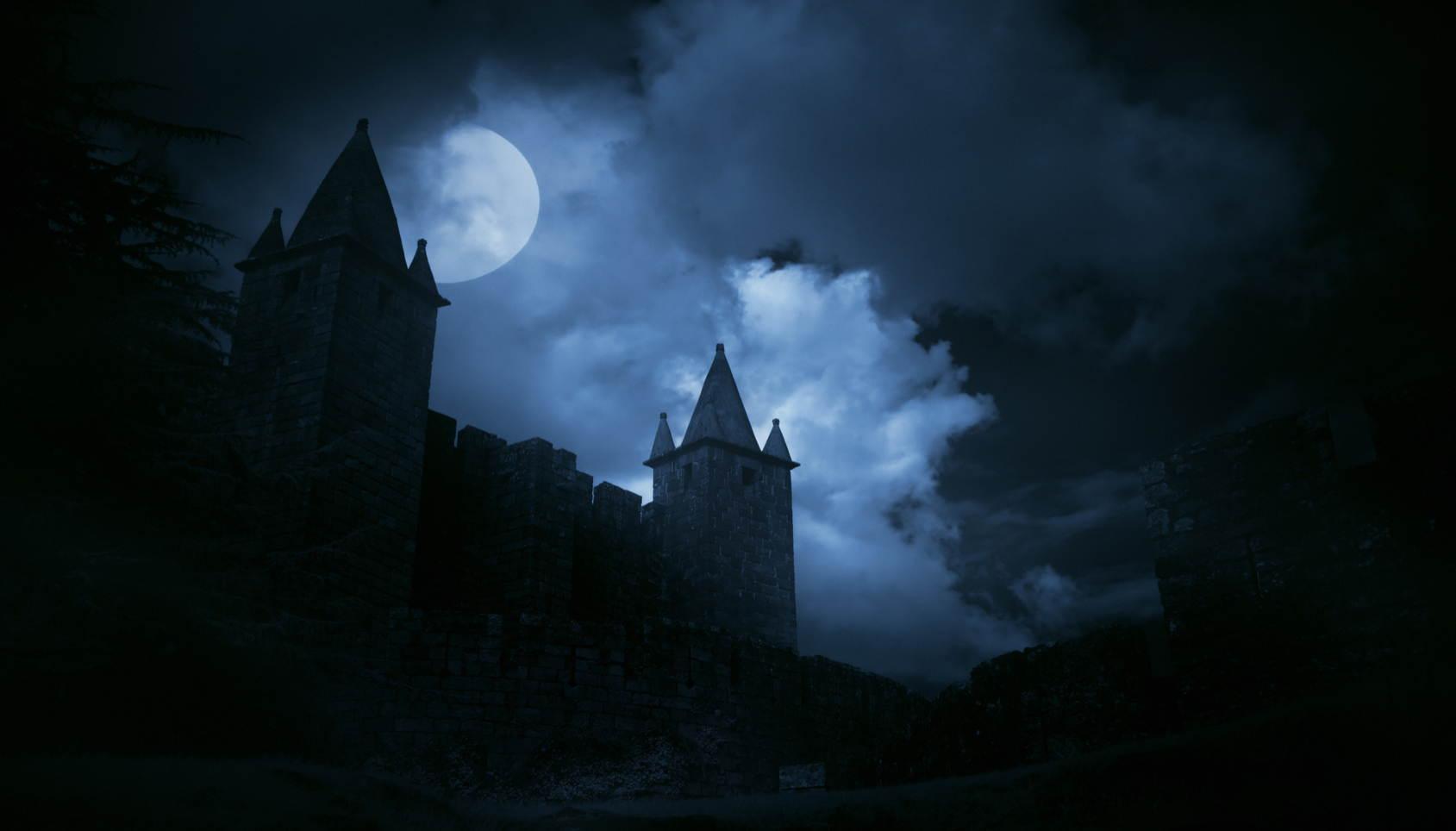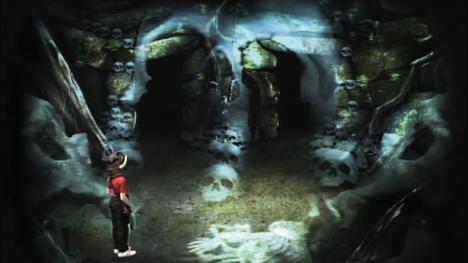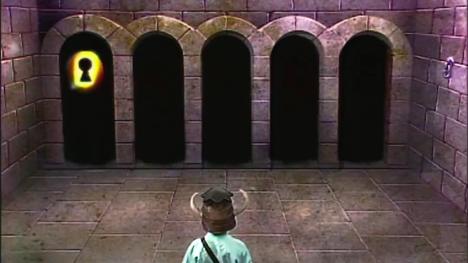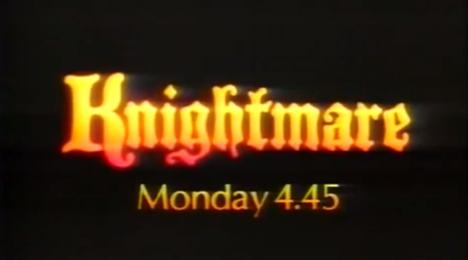Fan Phil Colvin pieces together his vision of a perfect Knightmare with configurations from all eight series.
It's the debate that will rage forever: Did Knightmare lose its way and if so, where? Now I'm not going to answer that (I value my head too much!) but I am going to try and do something which one Tim Child hinted at years ago on the long gone "Take Two" programme (details of his appearance are talked about on another part of the site) where he mentioned the perfect quiz show which could be made by taking the best elements of everything else around.
The twist is, we're going to do this with Knightmare and see if we can come up with the perfect series taking elements from the others. I say "we" because I'd love to change this over time if people have suggestions to add/things they disagree with. Let's start at the beginning.
Balance of winners
My Series 1 memories are scattered to say the least, but I do recall there were no winners that series. In my mind, Perfect Knightmare "would follow the general trend with one winning team each series", to show that the series is still challenging but not wasting those spanky final rooms which took ages to design and put together.
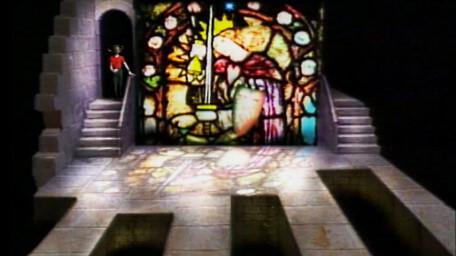
But one thing I do want to take from the early period is the quest structure. By the time the end of Knightmare came, the quest was an afterthought. Treguard would briefly mention it at the beginning and that'd be the last we heard from it until the final room. I thought the idea of piecing it together / following certain paths and avoiding others was great. Especially when a piece was in a really difficult spot and the team would have to take a risk to get at it. And we'd have a greater variety of quests, I can't imagine how much use Treguard would have for a crown, let alone the three he's acquired over the years!
Back to basics
Perfect Knightmare has Treguard as the dungeon master and no helpers. Yes, I liked Pickle lots but it took away a certain amount of surprise and discovery from the game having him there, which was increased with Majida. Treguard would, however, interact with the dungeon in the same vein as he used to. I loved those parts where characters would insult him and he'd shout back at them, he is the dungeon master after all!
Quite obviously, Perfect Knightmare doesn't have the eyeshield. Nor the Wand called "Reach" nor that silly change of rules concerning items being allowed in the knapsack. Oh yeah, and we have the old style helmet. I want those old quips about the horns :) And besides which, that whole "sight" thing was just plain silly (note to teams who appeared in Series 7: Was it any use whatsoever?)
%%IMAGE 2515%
And as for life force, there's no comparison, we have to go back to the genuinely frightening Series 1-5 "face" design complete with ominous noises. And life force plays a big role in Perfect Knightmare, it should be constantly on screen since the team's constant aim should be finding food. Simply having it there when food is in the room is very dull. Of course, it'd get a bit monotonous if the team had to get food every two rooms, so it runs a little slower than normal particularly in Levels 1-2. However, towards the end of the game and especially when food is sparse, it speeds up a little and characters like Lord Fear and Mogdred will have the power to speed it up too.
Room for causeways
It does look like I'm being biased against the later series, but this is Perfect Knightmare and I've always thought the thing which suffered most in later years was the "front end" of the game. The actual quests themselves, however, weren't so cursed. For one thing, I like floor puzzles, especially the causeways. Yes, they killed millions of teams. But those were the sorts of teams who lacked communication and basic movement skills, the sort of teams who shouldn't be winning a show where teamwork is everything. So Perfect Knightmare has causeways. Not masses of them, just one per quest, but it's a tough one designed to get rid of the slow teams.
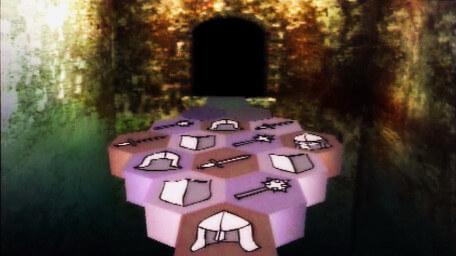
Perfect Knightmare has the occasional other floor puzzle but it changes the combinations often (there's nothing more boring for a watcher than knowing a team is going to die even before they do because they're pressing the wrong card etc.) But saying that, Perfect Knightmare has a Corridor of Blades. It's a new one, designed to fit graphically into the new dungeon, but it's just as it has been in the past. Another way of rooting out the less worthy contestants.
Aesthetics
Perfect Knightmare is a beautifully put together graphical experience. All the pretty castles and ruins come on Level 1, they're generally easy to navigate and get us in the mood. Level 2 has the dark dungeons from Series 8, and also the stuff from Series 1-3. It's an all together more hostile environment and it feels very different for the team. Level 3 is an incredibly dark place, putting together the most impressive dungeon environments from Series 1-8 to feel like a "core" to the game.
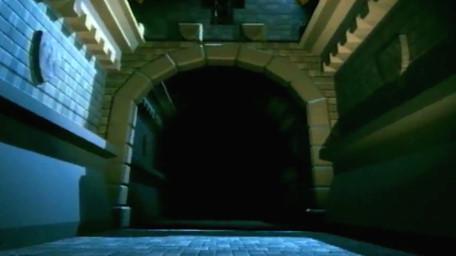
Something like Goth, but better designed (those fake torches annoyed the heck out of me) Every room is a different one from the last in every respect, but it should feel climatic. Getting to Level 3 should be an achievement, not just a usual runaround as it became in Series 7/8.
Characters
Of course, we need characters in this dungeon. And Perfect Knightmare has the best from all series. However, it's not as neat as it became when The Opposition and Lord Fear arrived. Characters don't have strict alliances, each one has their own agenda.
There are naturally helpful characters (like Merlin, Smirkenorff, Motley and Brother Mace) and naturally evil ones (Lord Fear and Mogdred) but mostly characters will be unpredictable and will change approach depending on the dungeoneer.
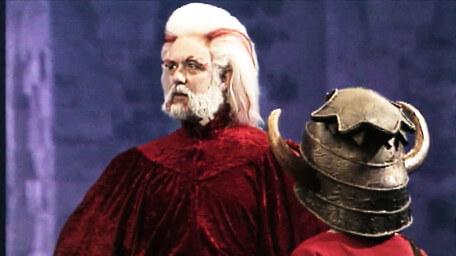
Hordriss, Aesandre and Greystagg will be among the most treacherous unless the dungeoneer really handles them correctly and doesn't just walk in expecting help. Dungeoneers who add to the discussion and come up with clever ways of dealing with characters will be rewarded,
Perfect Knightmare is all about getting the players totally involved in the game. And of course, there are still those comic moments with Sly Hands, Gundrada and Julius Scaramonger but these will be confined to Levels 1/2.
Clues and spying
The clue rooms are vital to each level, usually containing five or six useful items to choose between (with, of course, the occasional weapon just to catch out the teams who never actually watch the show or listen to Treguard). The wall monsters will give clues in return for answered riddles, and the scrolls will be an aid but less direct than they have been.
The spyglass will be a feature, but not every level, it'll show a different selection of opposing characters each time and will often leave the dungeoneer to decide which side of a disagreement to pledge themselves to. There will be a lot of thinking and discussion among teams before decisions are reached. Good teams will have a pretty clued up idea as to which objects they need to take by the time they leave a clue room.
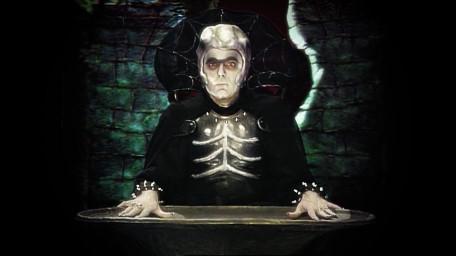
The exception will be Level 3, where there is no clue room and objects will be spread around the rooms and the teams will have to decide what to take and what to leave as they find each one. Magic plays a bigger role in Perfect Knightmare, no longer just giving out the same old SIGHT or FLOAT spells but usually leaving the team with a choice of potential magic (like the winning team of Series 6) so they have to decide in what circumstances to use each spell.
Evolution, not revolution
The main thing about Perfect Knightmare is that it is not an entirely new experience, it's based on the very best things Knightmare did in eight years and the principle of the game which has always been to make the teams feel as if they're in a real dungeon and that everything they do actually matters. Every series created new and interesting ways of making this aim occur, Perfect Knightmare would keep to the vision and hopefully provide an experience even more compelling than anything that went before it.
Oh, and of course, Treguard will follow up every single death with the immortal: "Oooooh, nasty..."
